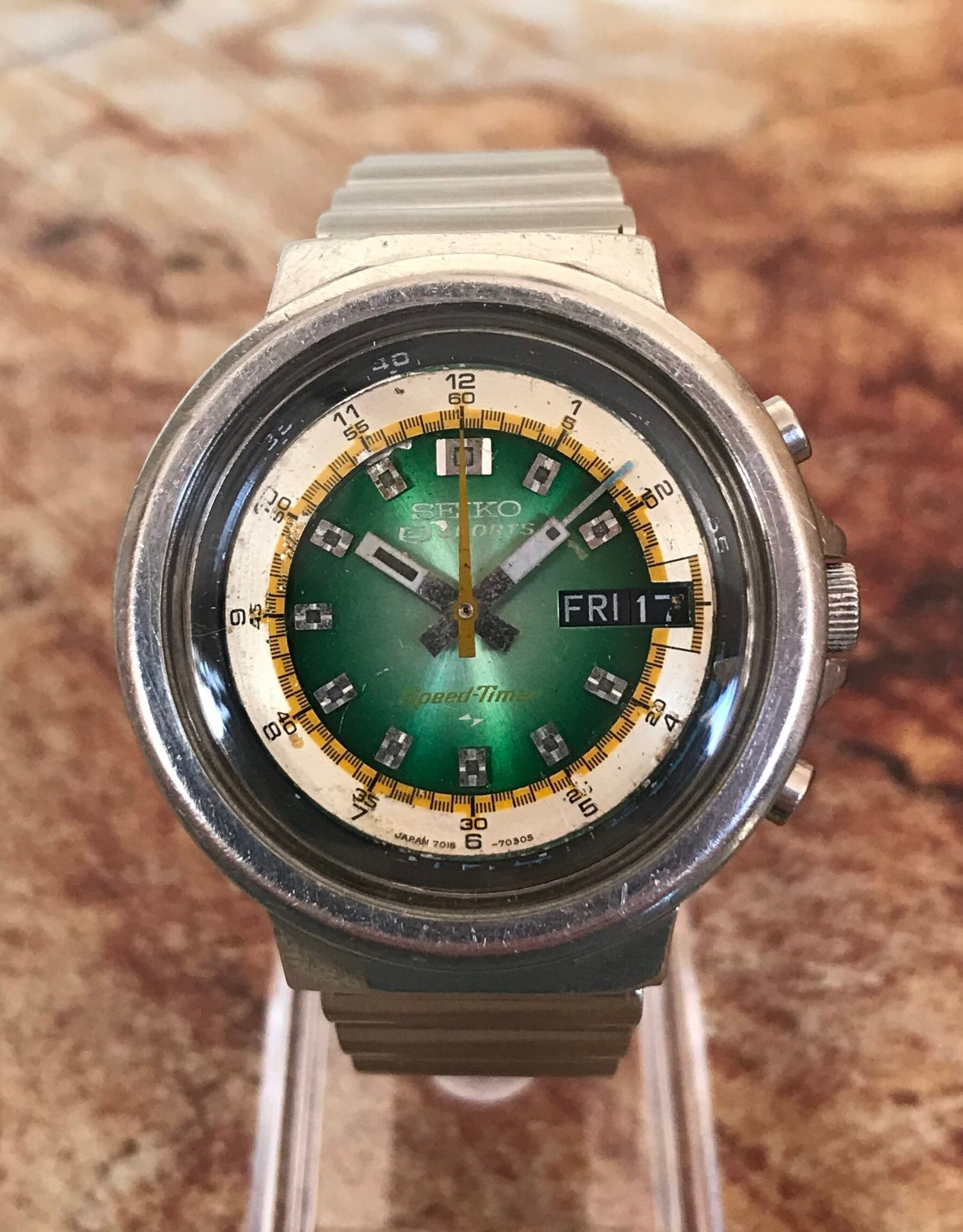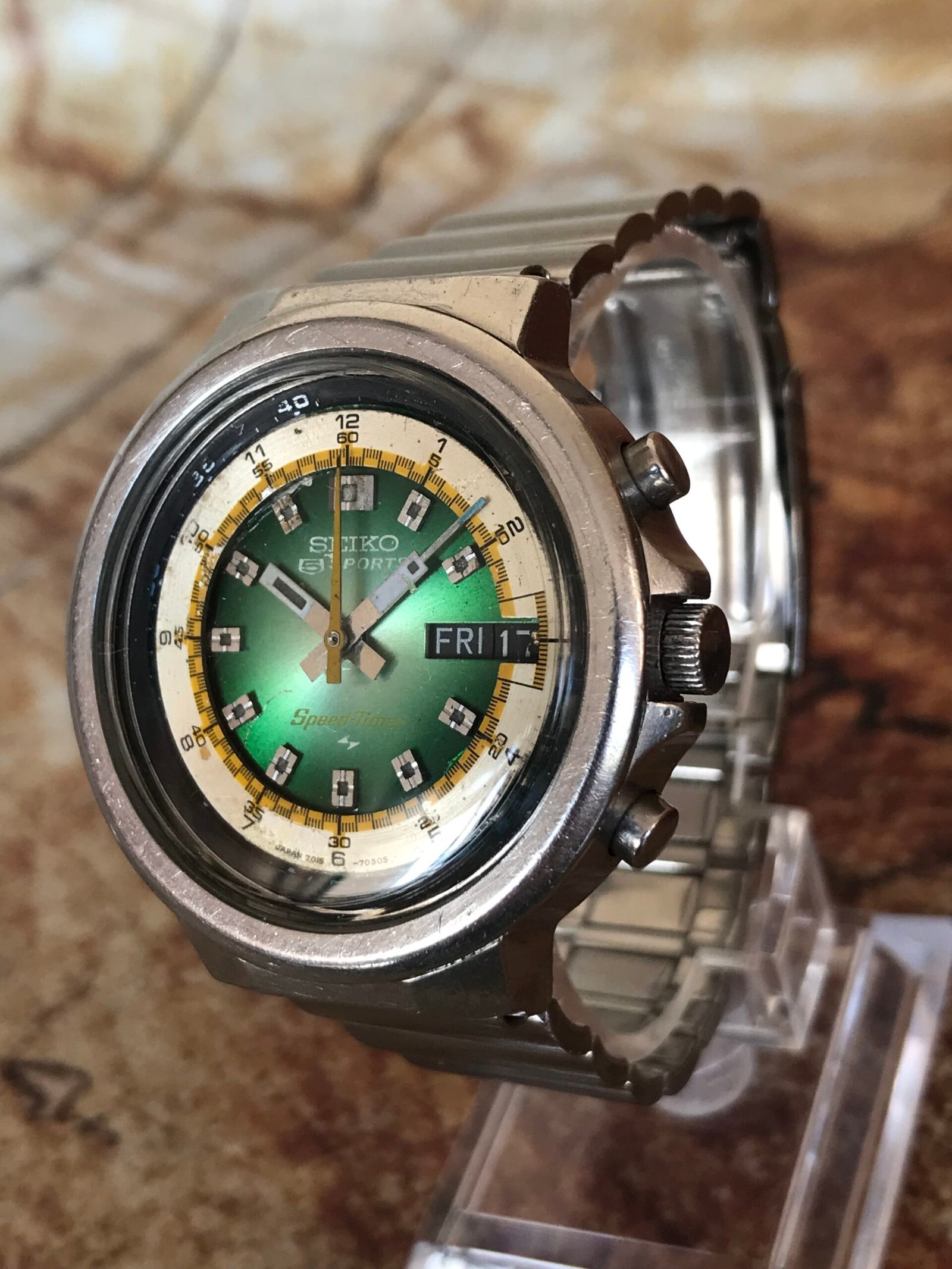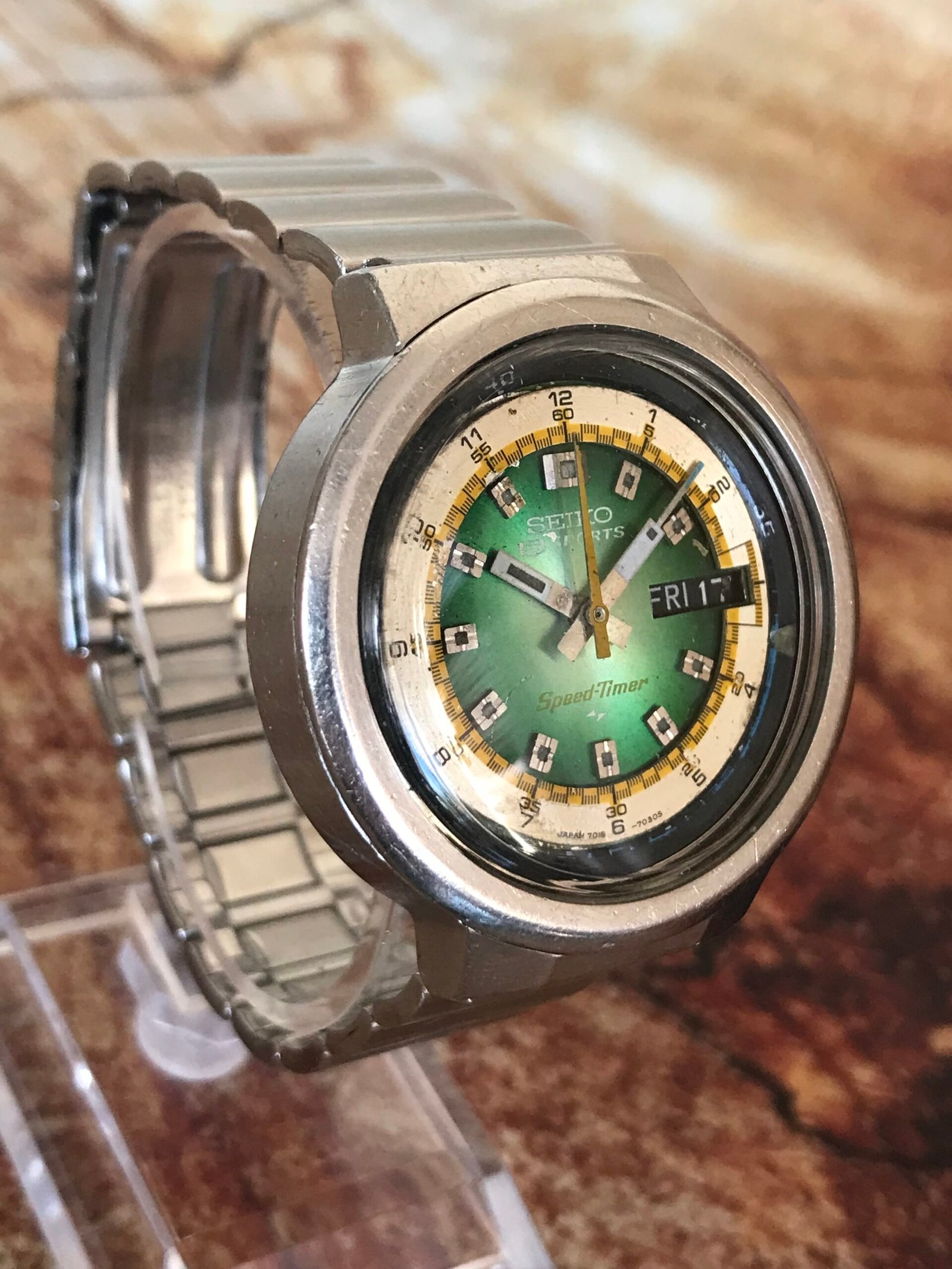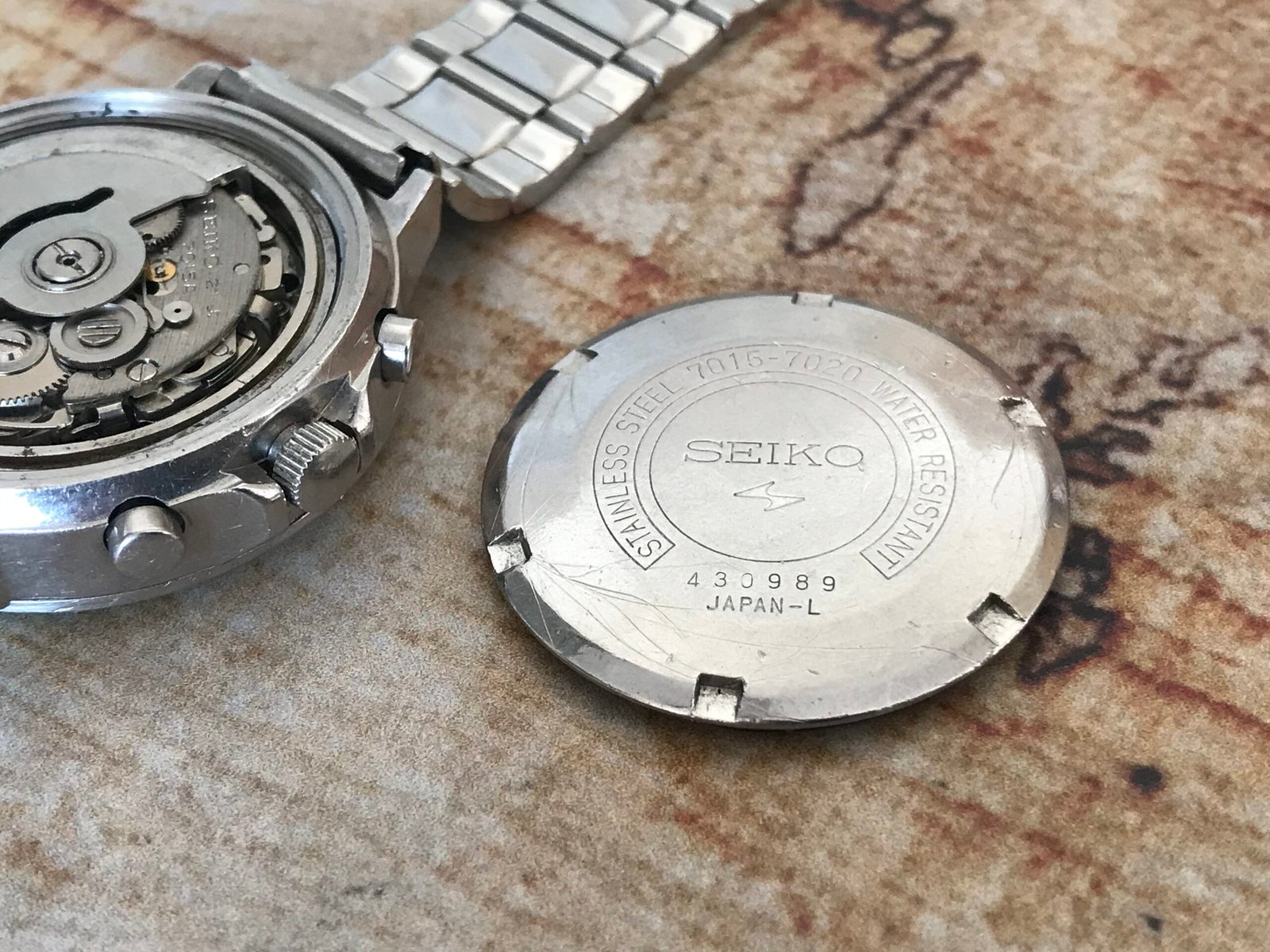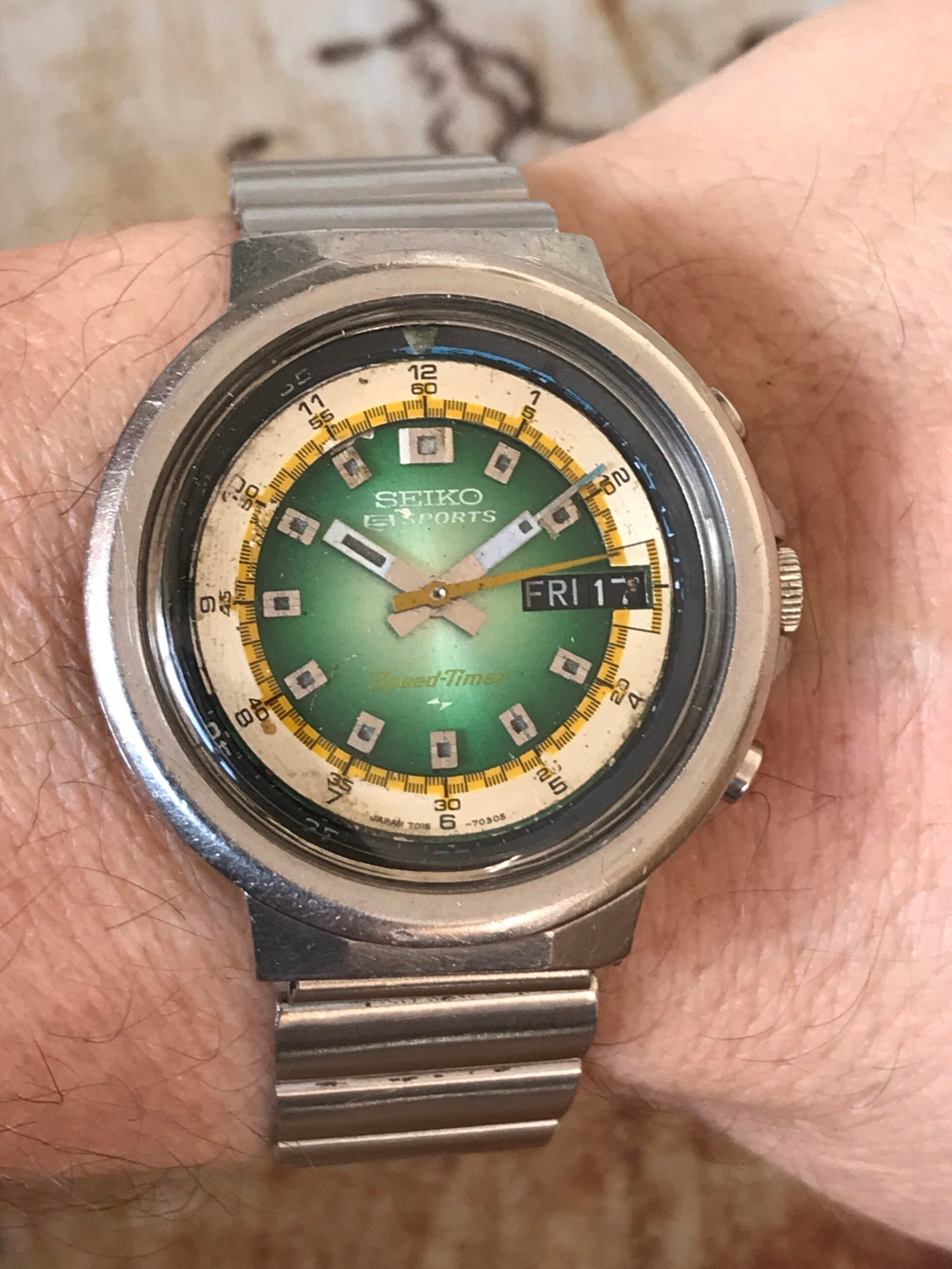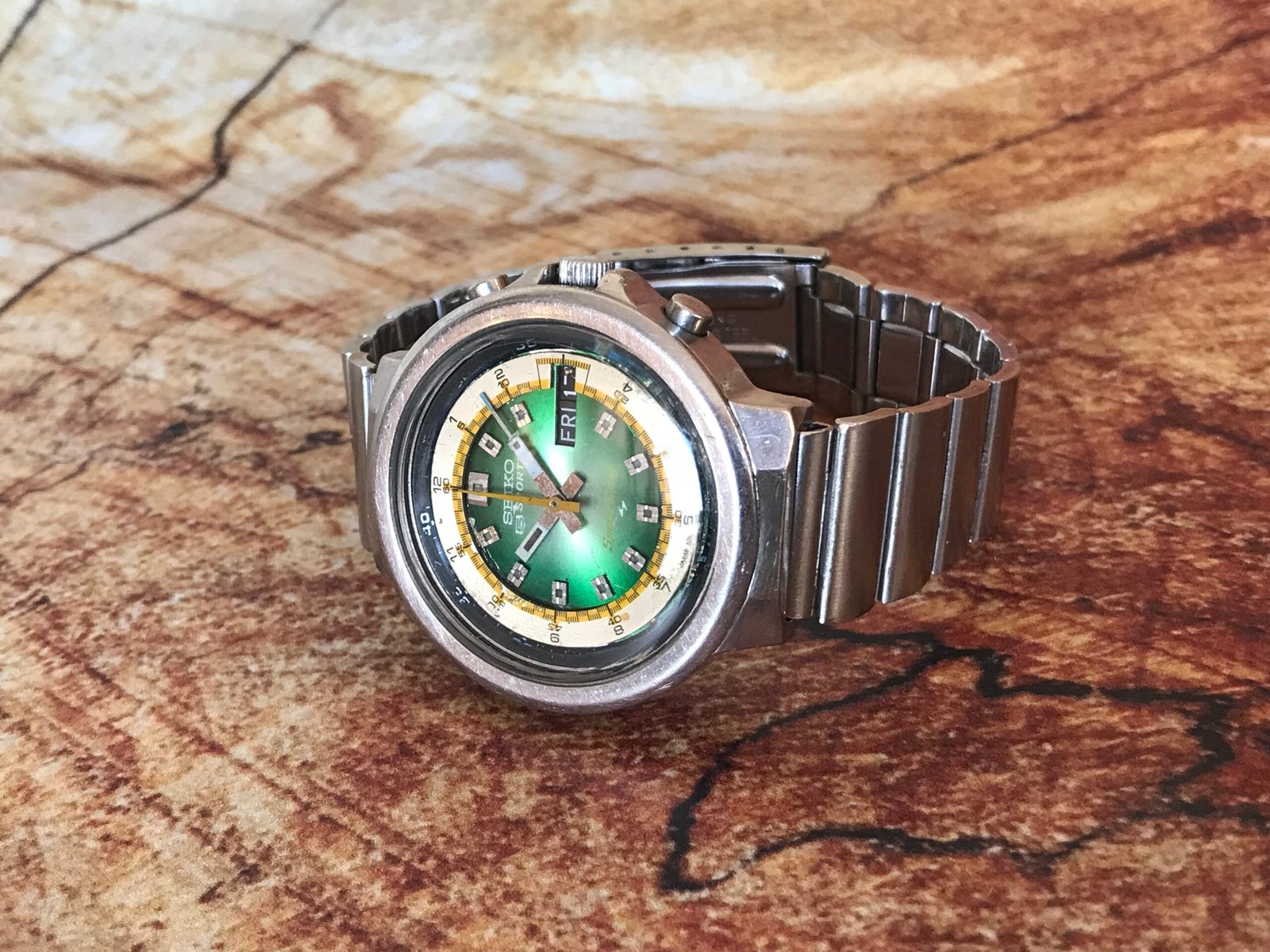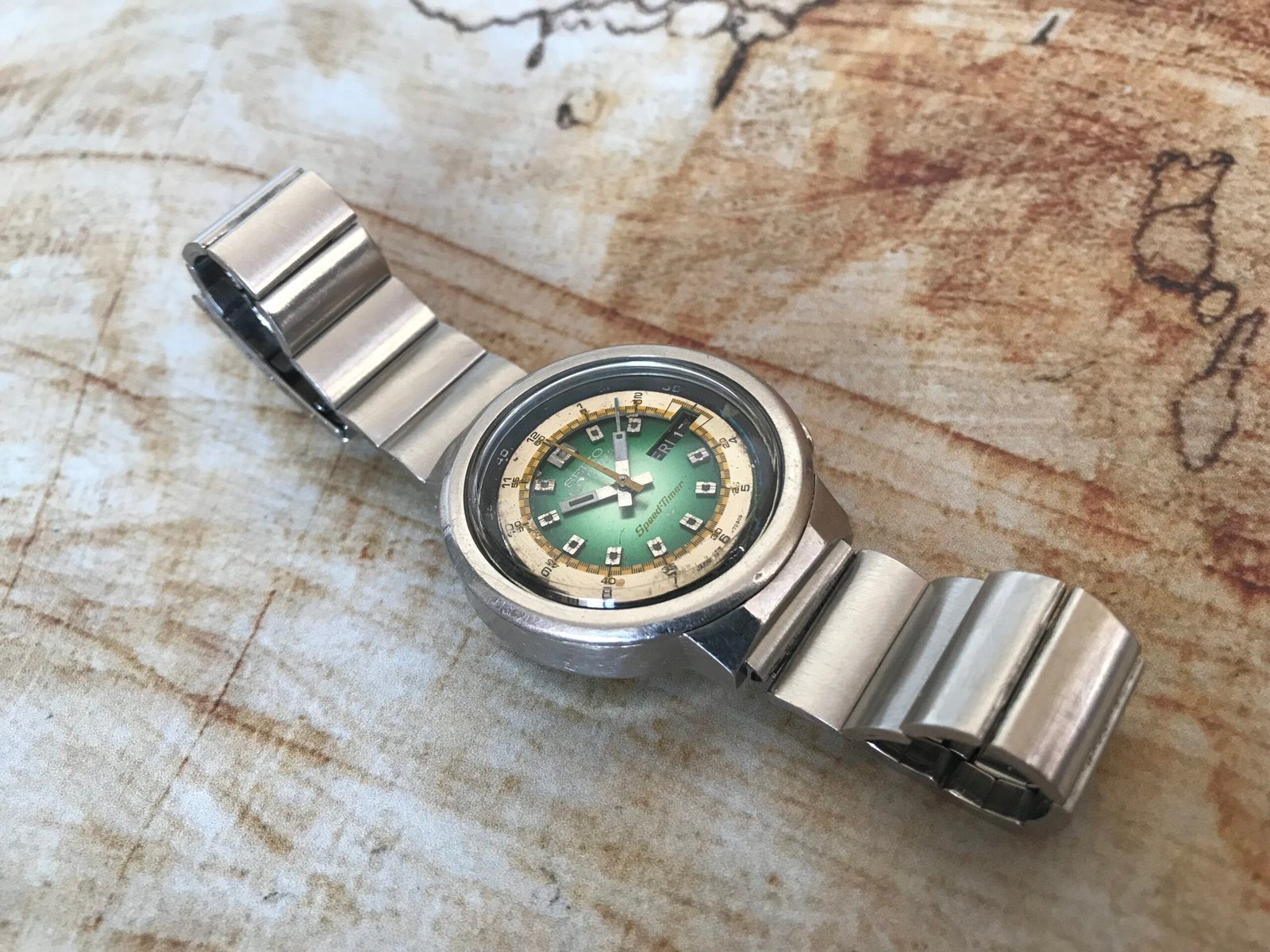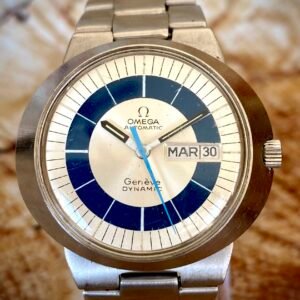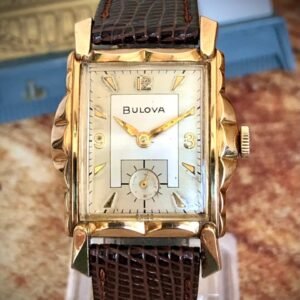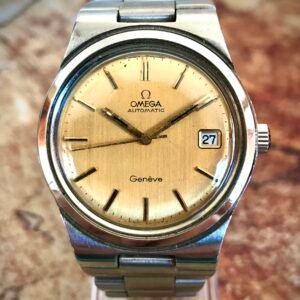The history of Seiko dates back to 1881 in Tokyo, Japan, when a young entrepreneur named Kintaro Hattori opened a store dedicated to the repair and sale of watches. His vision was to manufacture high-quality watches, and in 1892 he founded the Seikosha factory (in Japanese, “Seiko” means “precision” or “success“, and “sha” means “house“). Initially, Seikosha focused on producing wall clocks, but over time shifted its focus to pocket watches and wristwatches.
The first Japanese wristwatch
In 1913, Seikosha introduced the Laurel, the first wristwatch manufactured in Japan. This launch was a significant milestone, as Japan did not have a watchmaking tradition at that time. The company became a pioneer in its country and laid the foundation for what would become a benchmark brand in the global watch industry.
Technological Innovation and Quartz Watches
In 1969, Seiko revolutionized the watch industry with the Seiko Astron, the world’s first quartz wristwatch. This breakthrough transformed the sector by introducing a much more precise and affordable technology than traditional mechanical movements. Quartz technology quickly became popular and remains a standard in contemporary watchmaking.
Precision and Reliability
Over the years, Seiko has introduced multiple innovations in watchmaking, such as the automatic chronograph and the Kinetic charging system (a combination of kinetic energy and quartz technology). In addition, the brand is recognized for its dive watches, highly valued for their durability and resistance in extreme conditions.
Seiko has secured a prominent place in the watch industry by combining tradition and technology at affordable prices. It offers everything from simple models to high-end pieces with its Grand Seiko line, establishing itself as a brand that balances quality and accessibility.
TEMPPUS. All rights reserved.
| Brand | Seiko |
|---|---|
| Model | Cronógrafo Flyback 7015.7020 |
| Gender | Man |
| Country of origin | Japan |
| Decade | 1970s |
| Serial number | 430989: Black dial |
| Case code | 7020 |
| Movement | Automatic |
| Caliber | Seiko 7015A |
| Crystal | Origin plexiglass |
| Dial | Two-tone with dual date display at 3 fi. |
| Corona | Steel, at 3. |
| Case material | Stainless steel |
| Diameter without crown | 38 mm |
| Diameter with crown | 40 mm |
| Lug-to-lug length | 41 mm |
| Thickness | 13 mm |
| Strap width | 18 mm |
| Strap material | Stainless steel |
| Strap color | Steel |
| Closure/buckle | Steel type clasp, original signed SEIKO. |
| Condition of the watch | Very good, with slight signs of aging. |
| Case/Box | Yes, generic. |
| Documentation | Free Certificate of Authenticity available on request |

